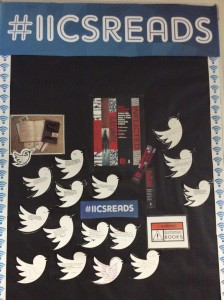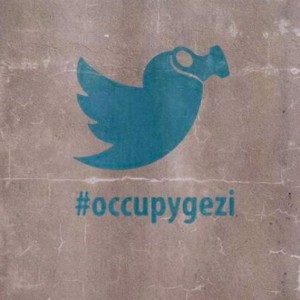“Oh Central City Library, how do I love thee? Let me count the ways.
Your massive selection, that can be pre-reserved online and sent to any library of your choosing.
Your efficient self checkout kiosks that let me check out up to 10 books in one go.
Your cheerful atmosphere and very helpful staff. ”~ Neera J on Yelp (2015).
What a response and what a review. The same library is reviewed by a different customer, SuriSun on TripAdvisor, speaks about the workshops and classes offered at the library (2014). Both positive reviews and on each site the Central City Library of Auckland is given very high ratings. Does it even matter, especially when each site only had a handful of reviews about these libraries?
More people are in the habit of turning to review sites to make purchases of products and services (Anderson, 2014). Review sites such as TripAdvisor and Yelp offer a very different dialogue for customers. They use them to give their opinion about products and services. Their posts are often more targeted and pointed, especially when they do not like some part of their experience, the anonymity of the forum can allow such brutal honesty (Derysh, 2013). Yet these very customer reviews can be the feedback needed to improve the services offered.
Businesses are being encouraged to not only read their online reviews but to actively engage with the customers, thanking them for good reviews and seeking to address complaints and frustrations for the customers with a negative experience (Olenski, 2015). This way the review becomes a dialogue and other potential customers can see how the business is responding to criticism.
The reviews posted about Central City library were for the most part very positive, friendly staff, great wi-fi, comfortable areas, children’s programmes. Neither Yelp nor TripAdvisor seemed to have a place for the library to publicly comment though private comments were available. How would a Teacher Librarian go about getting this kind of dialogue going within a school library? Having some anonymity would be helpful for students and staff who wanted to post negative reviews and it would be helpful to have public dialogues going. There are tools available to provide ways to canvas and collect customer feedback, a simple Google search will provide some good options.
Our patrons are our customers and the opportunity to enter into discussion with them about their experience in our libraries could very well lead to new ideas and improved services.
References
Anderson, M. (2014, July 1). Local consumer review survey 2014. Retrieved from https://www.brightlocal.com/2014/07/01/local-consumer-review-survey-2014/
Derysh, I. (2013, July 31). Why customer reviews crush social media marketing [Blog post]. Retrieved from http://www.desk.com/blog/social-media-marketing/
Neera J. (2015, September 27). Central City Library [Online forum post]. Retrieved from Yelp website: http://www.yelp.com/biz/central-city-library-auckland?page_src=best_of_yelp
Olenski, S. (2015, June 12). 5 ways to make customer reviews work to your advantage. Retrieved December 6, 2015, from http://www.socialmediatoday.com/social-networks/steve-olenski/2015-06-12/5-ways-make-customer-reviews-work-your-advantage
SuriSun. (2014, August 24). Central City Library, Auckland region [Online forum post]. Retrieved from TripAdvisor website: http://www.tripadvisor.com/Attraction_Review-g1811027-d2526230-Reviews-Central_City_Library-Auckland_Region_North_Island.html


